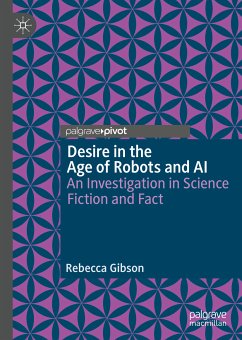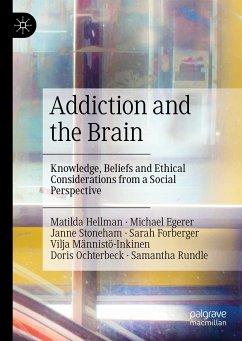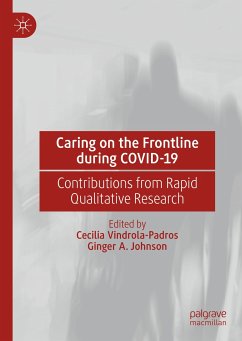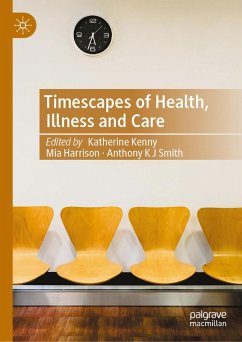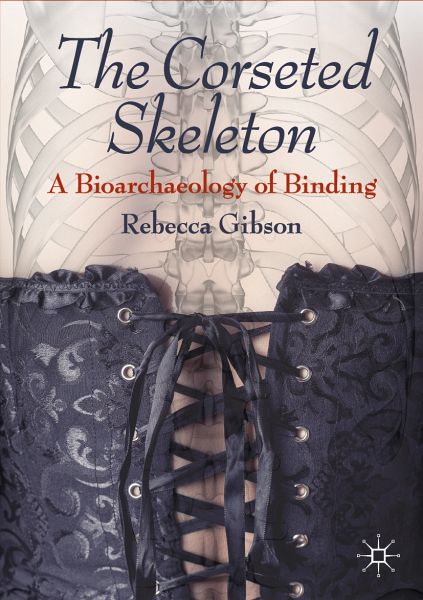
The Corseted Skeleton (eBook, PDF)
A Bioarchaeology of Binding

PAYBACK Punkte
13 °P sammeln!
Unpacking assumptions about corseting, Rebecca Gibson supplements narratives of corseted women from the 18th and 19th centuries with her seminal work on corset-related skeletal deformation. An undergarment that provided support and shape for centuries, the corset occupies a familiar but exotic space in modern consciousness, created by two sometimes contradictory narrative arcs: the texts that women wrote regarding their own corseting experiences and the recorded opinions of the medical community during the 19th century. Combining these texts with skeletal age data and rib and vertebrae measure...
Unpacking assumptions about corseting, Rebecca Gibson supplements narratives of corseted women from the 18th and 19th centuries with her seminal work on corset-related skeletal deformation. An undergarment that provided support and shape for centuries, the corset occupies a familiar but exotic space in modern consciousness, created by two sometimes contradictory narrative arcs: the texts that women wrote regarding their own corseting experiences and the recorded opinions of the medical community during the 19th century. Combining these texts with skeletal age data and rib and vertebrae measurements from remains at St. Bride's parish London dating from 1700 to 1900, the author discusses corseting in terms of health and longevity, situates corseting as an everyday practice that crossed urban socio-economic boundaries, and attests to the practice as part of normal female life during the time period Gibson's bioarchaeology of binding is is the first large-scalar, multi-site bioethnography of the corseted woman.
Dieser Download kann aus rechtlichen Gründen nur mit Rechnungsadresse in A, B, BG, CY, CZ, D, DK, EW, E, FIN, F, GR, HR, H, IRL, I, LT, L, LR, M, NL, PL, P, R, S, SLO, SK ausgeliefert werden.




